15 Everyday Groceries That Used to Be Cheap for Boomers—But Not Today
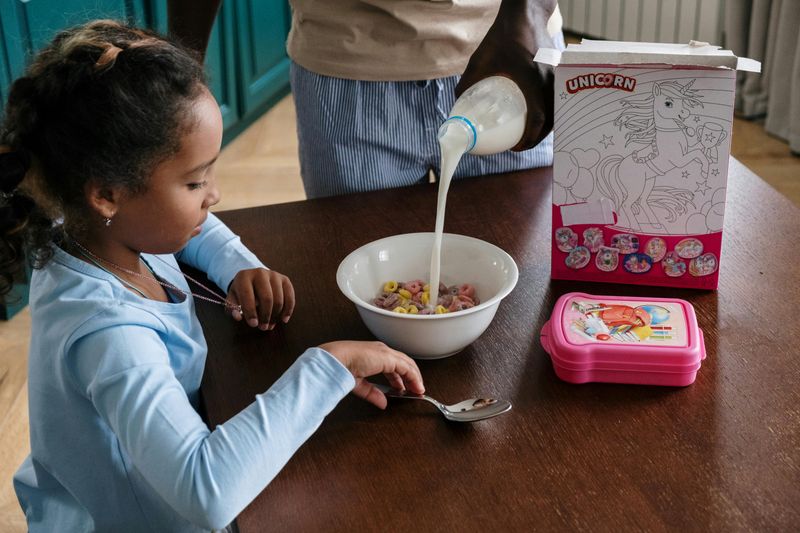
Grocery shopping used to feel like a small adventure instead of a financial gamble. Boomers remember a time when twenty dollars could fill the cart, not just the basket. Back then, you could pick up a few pounds of meat, a dozen eggs, and maybe even a dessert—all without clutching your receipt in disbelief.
1. Steak
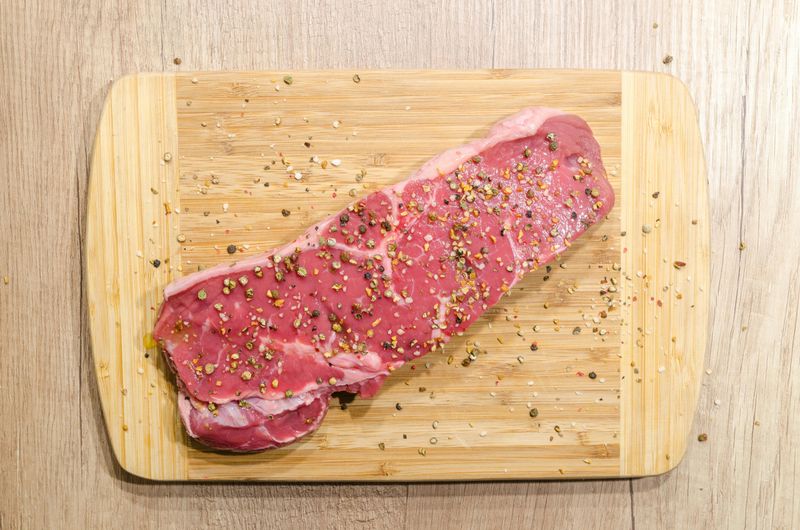
There was a time when a family steak dinner didn’t require a small loan. In the ‘70s and ‘80s, steak was a regular Sunday meal, not a once-a-year splurge. Boomers remember their parents tossing a few T-bones on the grill without worrying about the cost per pound.
Today, the price of beef feels more like luxury dining. Rising feed prices, droughts, and processing costs have made steak one of the most expensive proteins around. Even the less glamorous cuts—like flank or skirt steak—cost more than ribeye once did.
For many, the sizzling sound of steak on the grill now comes with a side of guilt. What was once an easy dinner choice has become something you plan for, savor, and maybe photograph before eating.
2. Chicken

Chicken was once the go-to protein to stretch a family’s budget. In the ’80s, it was affordable and abundant. But the story has changed dramatically with current market trends
Boomers fondly recall family dinners featuring roasted chicken, a staple on the dinner table. Increased global demand and rising feed costs have pushed prices higher. The affordability that once defined chicken is now a distant memory
Despite its continued popularity, chicken has faced pricing challenges. Whether due to supply chain issues or health-driven demand for organic options, chicken is no longer the economical choice it once was. Special deals and sales still exist, but overall, the average cost is higher than many remember.
3. Bacon

Breakfast isn’t truly breakfast without bacon, a sentiment many Boomers would agree with. This savory delight was once bought for pennies per pound
Over time, bacon has transformed from a breakfast staple to a gourmet indulgence. With artisanal and flavored varieties, prices have soared well beyond what Boomers paid in decades past. The nostalgic smell of sizzling bacon is now tinged with thoughts of its cost
Several factors have contributed to bacon’s price increase. The popularity of high-protein diets and rising pork production costs play significant roles. While bacon remains beloved, its price tag reflects its new status as a luxury rather than a staple.
4. Cheese

Cheese was once an affordable treat that added richness to any meal. Boomers recall the ease of grabbing a variety of cheeses without worrying about the cost.
Today, the price of cheese has risen significantly. Inflation, coupled with rising dairy production costs, has turned cheese into a pricey addition to the grocery list. Specialty cheeses, in particular, have seen steep price hikes.
Cheese’s journey from affordable staple to expensive indulgence highlights broader economic trends. The artisan cheese movement and increased global dairy demand have influenced its pricing. What was once a simple pleasure is now a considered purchase for many families.
5. Bread

The daily loaf was once the ultimate grocery staple. You could toss it into the cart for pocket change and never think twice about it. Sandwiches, toast, stuffing—bread was cheap, dependable, and always there.
These days, even a basic loaf can set you back several dollars. Ingredient costs have risen, bakeries face higher energy bills, and fancy “whole grain” labels don’t help the price tag. The once-humble slice has turned into a small luxury.
It’s ironic that something so simple has become so expensive. Boomers who grew up with 25-cent loaves now stare at $5 artisan bread and wonder if they should start baking it themselves.
6. Potatoes
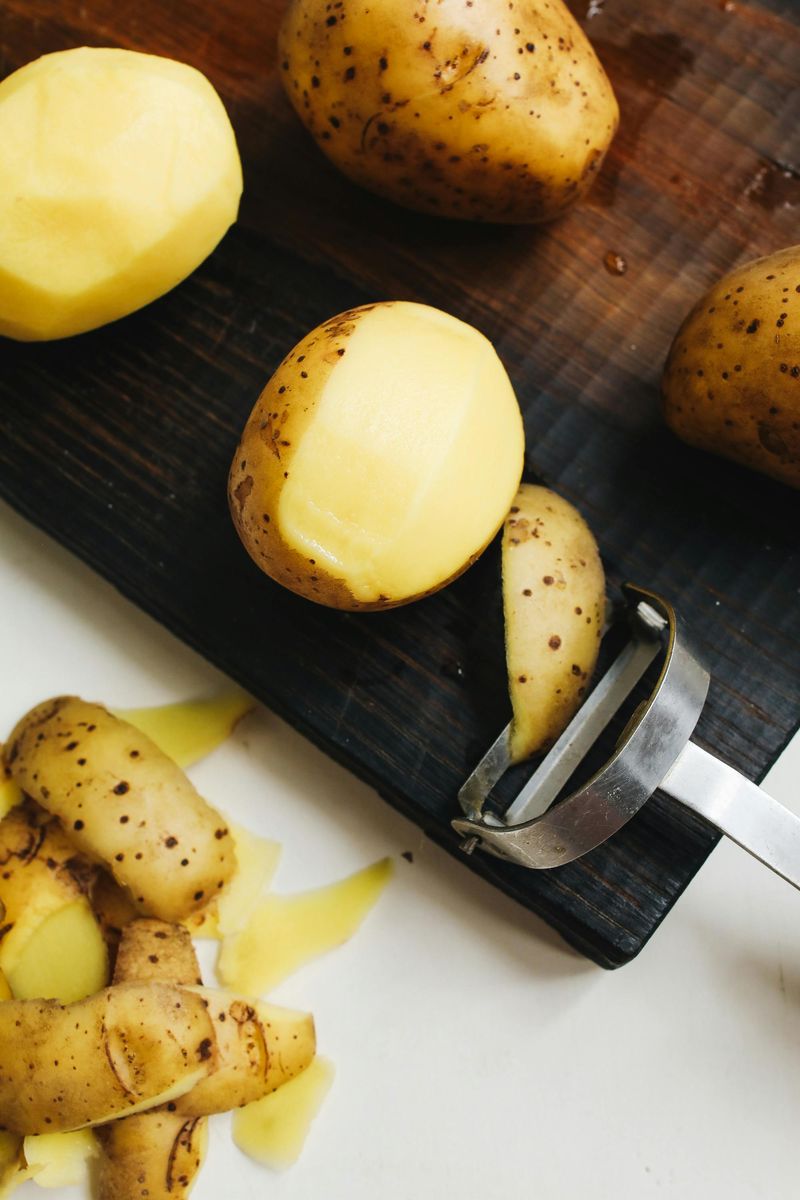
Few foods stretch a meal better than potatoes. They were once the go-to side dish for families on a budget—mashed, fried, or baked, it didn’t matter. Potatoes filled plates without emptying wallets.
But the cost of this humble staple has crept up, too. Between fertilizer shortages, rising fuel prices, and unpredictable weather, even potatoes aren’t immune to inflation. A five-pound bag that once felt like a bargain now costs a small fortune.
Boomers remember buying them in bulk and never worrying about running out. Now, it feels like even the simplest comfort foods come with a “luxury tax.”
7. Milk
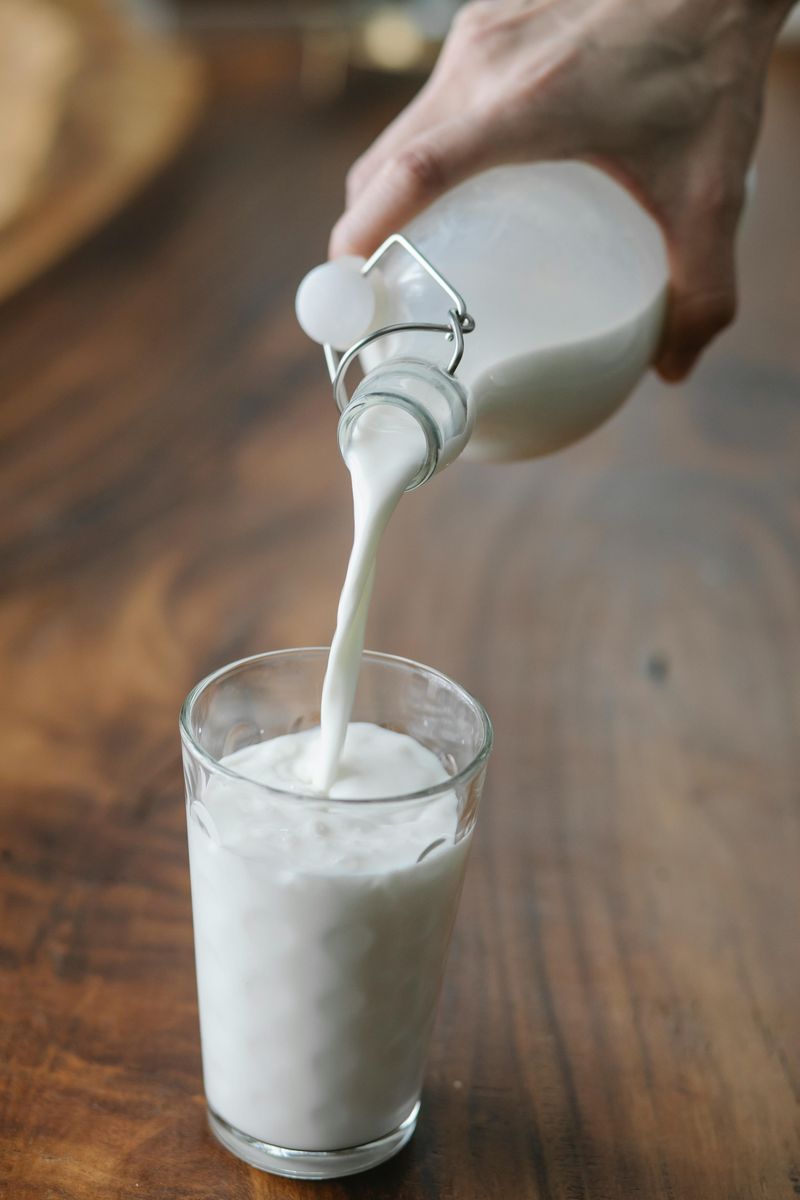
For generations, milk was a grocery must-have. Boomers remember the milkman delivering bottles straight to the porch or picking it up for mere cents at the store. It was cheap, nutritious, and always on hand.
Today, milk costs have climbed steadily, and the reasons are complicated. Feed costs, transportation, and even packaging play a role in its rising price. Add in the popularity of plant-based alternatives, and dairy farmers have struggled to keep up.
Many families now treat milk like something to monitor instead of stockpile. It’s a strange reality when the most basic beverage feels like a splurge compared to water.
8. Eggs

It’s hard to believe that something so simple could become so pricey. Eggs used to be the ultimate budget food—protein-packed and perfect for any meal. Boomers remember buying a dozen for less than a dollar.
But in recent years, egg prices have skyrocketed. Disease outbreaks among chickens, feed shortages, and inflation have all contributed to the spike. Suddenly, breakfast feels like an investment.
For Boomers, it’s another reminder of how much has changed. What once symbolized simplicity and thriftiness has turned into one more item to grumble about in the grocery aisle.
9. Ground Beef

Few ingredients were as reliable as ground beef. It powered family meals—spaghetti, tacos, burgers—without stretching the budget. A pound or two could feed a crowd, no problem.
Today, though, that same pound of beef costs two or three times as much. Rising feed and fuel costs have made cattle farming more expensive, and those increases trickle down to shoppers.
Now, many families find themselves swapping ground beef for turkey or beans to stay within budget. Boomers can’t help but miss the days when hamburger night was easy on the wallet.
10. Corn
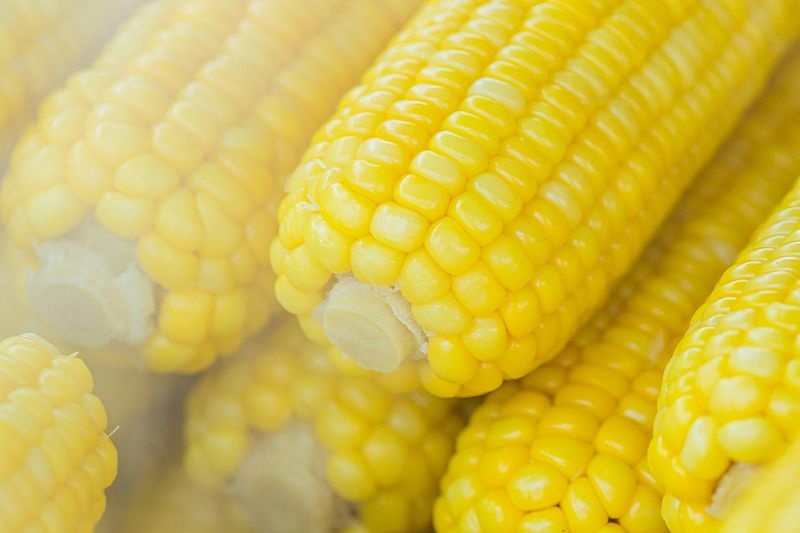
Whether it was on the cob, creamed, or canned, corn used to be one of the cheapest and most abundant foods around. It symbolized summer barbecues and family dinners that didn’t cost much.
But with ethanol demand and global supply changes, corn prices have risen dramatically. Farmers face higher input costs, and that means the consumer does too. Even canned corn isn’t as cheap as it once was.
It’s hard not to miss the good old days when corn was so cheap you could practically give it away. Boomers definitely notice that difference every time they plan a cookout.
11. Canned Soup
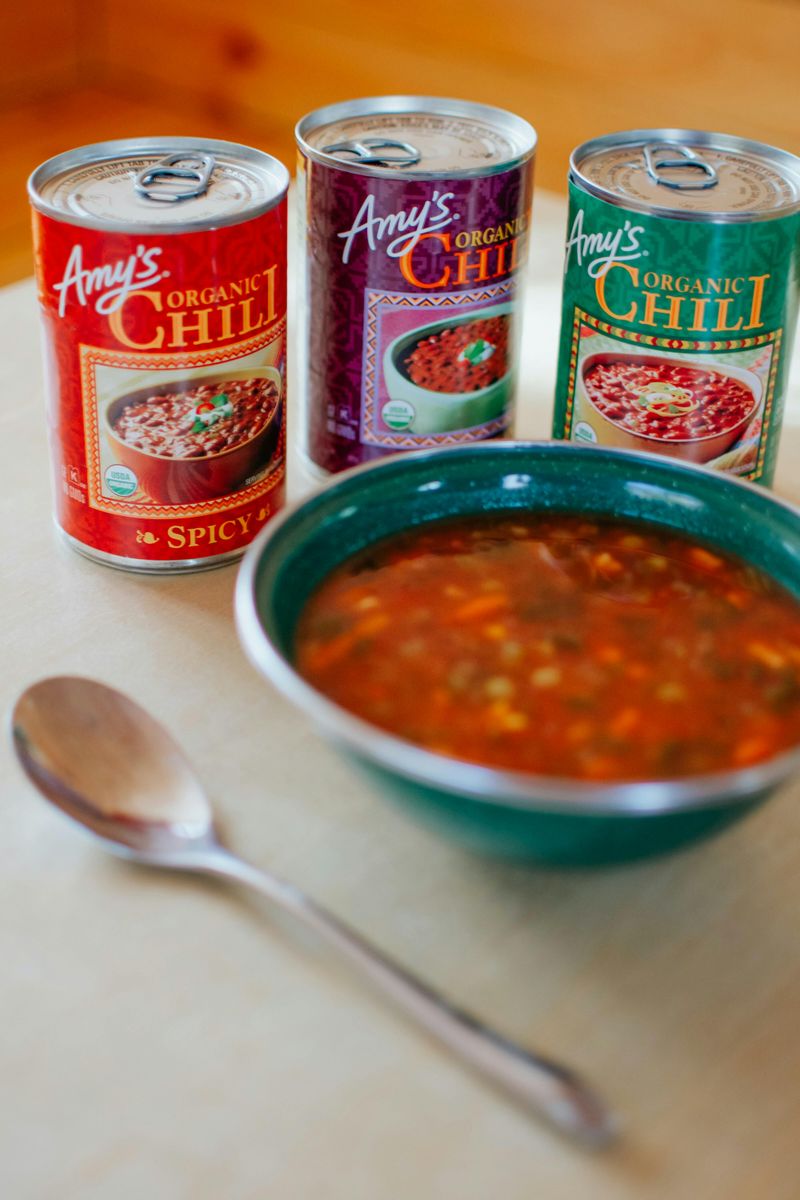
A pantry without canned soup was unthinkable for many Boomers. It was quick, comforting, and—most importantly—cheap. You could stock up during a sale and feed a family for next to nothing.
Today, that same can of soup costs more than some fresh meals. Inflation, ingredient costs, and fancy new “healthy” recipes have made it harder to find a true bargain. Even basic tomato soup feels like a splurge.
Boomers remember when a shelf full of soup cans meant security. Now, it feels like nostalgia wrapped in tin and priced for the present.
12. Bananas
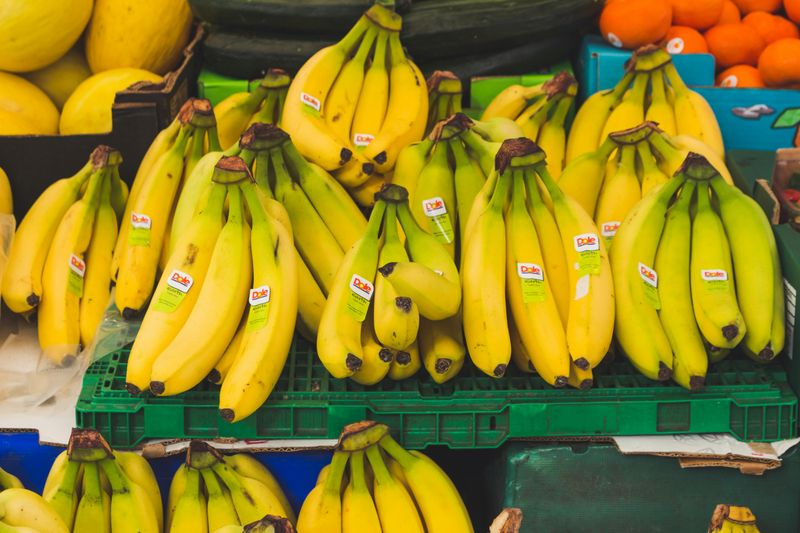
Once upon a time, bananas were the cheapest fruit in the produce section. Parents grabbed bunches without a second thought—they were perfect for lunches, snacks, or smoothies before smoothies were even a thing.
Lately, though, even bananas have joined the inflation club. Shipping costs, weather disruptions, and labor challenges have all played a part in raising prices. They may still seem inexpensive, but not compared to what they used to be.
It’s strange to think that a fruit so basic and abundant could become costly. Boomers who remember paying pennies a pound now shake their heads at the grocery total.
13. Pasta
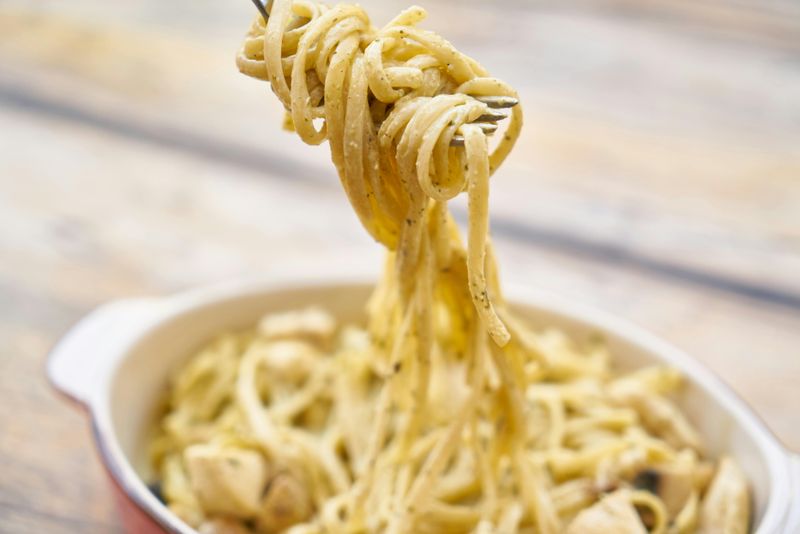
Budget-conscious shoppers once relied on pasta to stretch every meal. A box of spaghetti could feed a family for less than a dollar, and no one complained.
These days, pasta prices have crept up due to rising wheat costs and production expenses. Even store-brand varieties don’t feel as cheap as they used to. Those “value” meals aren’t quite as friendly to your wallet.
For Boomers, it’s another reminder that even the most humble foods aren’t immune to inflation. Spaghetti night might still be simple—but it’s definitely not the bargain it once was.
14. Fresh Produce (especially broccoli and lettuce)

There was a time when fresh vegetables were the cheapest way to fill a plate. Boomers remember grocery stores overflowing with affordable greens that made salads and sides a daily thing.
But now, produce prices fluctuate with fuel costs, droughts, and supply chain issues. Broccoli, lettuce, and other basics can sometimes feel like luxury items, especially when out of season.
For those who grew up watching their parents buy a week’s worth of veggies for a few dollars, it’s a tough adjustment. Eating healthy shouldn’t feel expensive—but lately, it often does.
15. Coffee

Few smells are as comforting as freshly brewed coffee. Boomers remember when a giant tin could last weeks and cost just a couple of bucks. Coffee breaks were an everyday pleasure, not a budget concern.
But with rising global demand, labor shortages, and climate challenges affecting crops, coffee prices have steadily climbed. Even the most basic blends are pricier than ever, and don’t get us started on café prices.
Now, that morning cup feels like a luxury instead of a routine. Boomers can’t help but smile at the irony—what used to fuel their mornings for pennies now costs as much as lunch.

Comments
Loading…